The Evil in TRUE DETECTIVE: The Masterpiece Explained
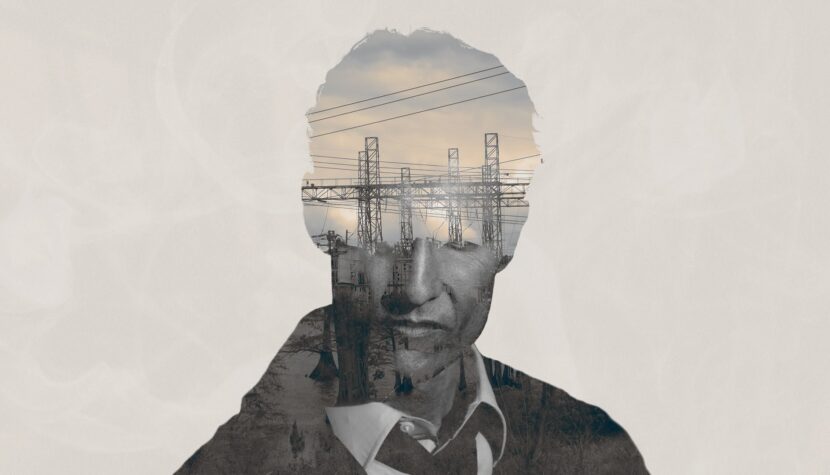
The first time, after three episodes, I decided to explore the philosophy of one of the main characters, Rust Cohle. It turned out that he approaches the reality he perceives in a very specific way. This time, I want to focus on a particular issue presented in the world of the series and, incidentally, expand on Cohle’s philosophy.
For me, True Detective addresses the problem of evil, attempting to answer what it really is, where it comes from, how it develops, and whom it needs to wreak havoc in our world. The concept of evil can be examined from several perspectives – moral, philosophical, and religious. These are precisely the three layers on which True Detective is built. The main characters, Rust Cohle and Marty Hart, try to describe their experiences by navigating these planes. It should be noted that initially, it is only Rust Cohle who consciously does this, while Marty Hart needs time to develop his epistemology.
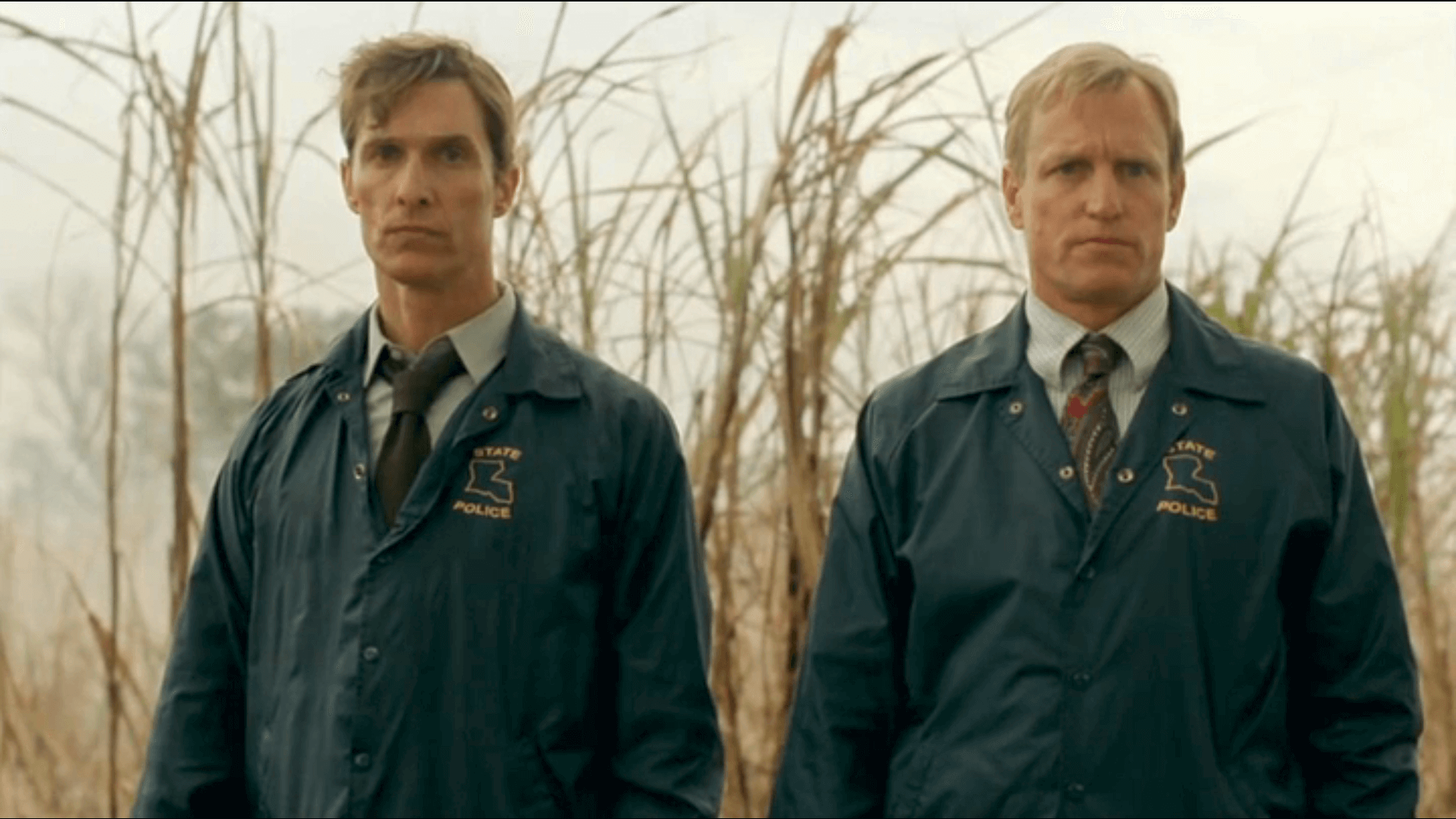
The world depicted in the series indicates that the viewer will be dealing with a borderline reality. Rust Cohle, while sensing the psychosphere of the place, states that it reminds him of a blurred memory of a town. This statement is very interesting because it raises the issue of memory, which does not always reflect the truth but is a resultant of events and experiences. The world presented at the beginning of the investigation, and thus at the moment when both protagonists enter it, is incomplete and needs to be completed. The detectives’ task will be to recreate its outlines and then fill this form with specific content. Only when the reality is pieced together from the memories of different characters and the past reconstructed by the actions of both protagonists will this world become much clearer. It will cease to be a blurred memory, something removed either deliberately or due to the passage of time, and will become a place with a defined meaning and time, as this aspect also changes. Is it a wheel, a line, or perhaps a spiral? Rust Cohle tries to answer this question, and the perception of time undergoes modifications related to the development of the investigation and subsequent information about the mysterious cult. However, for this transformation to occur, there must be a dynamic factor in the world – this factor is evil, but not the hidden kind, rather the kind that is revealed.
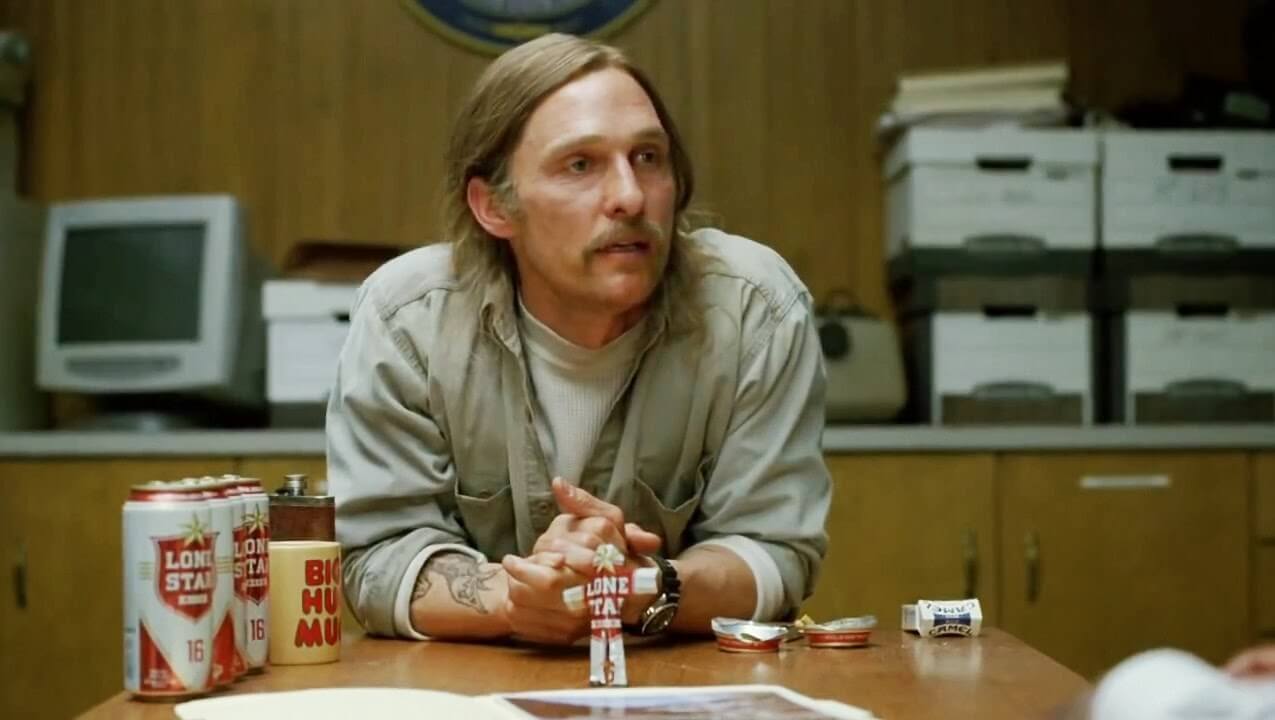
As the plot develops, interesting transformations occur in the characters of both protagonists. In a previous text, I wrote that Martin Hart is merely a shadow of Rust Cohle and not worth focusing on. The series finale forced me to change my mind. Martin Hart becomes a complement to Cohle: not his counterbalance but his complement. Both detectives are changed by their direct confrontation with evil, which is completely stripped of banality. It is a complex structure that cannot be confined to a single adjective.
The Negative Element in True Detective
First and foremost, evil is in each of us. It represents negativity that is part of every personality. Here lies a problem. Rust Cohle believes that we possess only the illusion of consciousness built on judging, and thus valuing, the world. The simplest opposition that allows us to evaluate our actions is good-evil. Introducing the concept of illusion only seemingly undermines this division. According to Rust Cohle, human life is the sum of impulses, a person is programmed to perform certain actions and always judges the world according to themselves. Thus, each of us has a structure allowing us to evaluate the actions of others, even if personality itself is just an illusion. The creators, building such a worldview for one of the characters, did not fall into the trap of paradox by using a very clever device. They placed Rust Cohle at the boundary of different worlds.
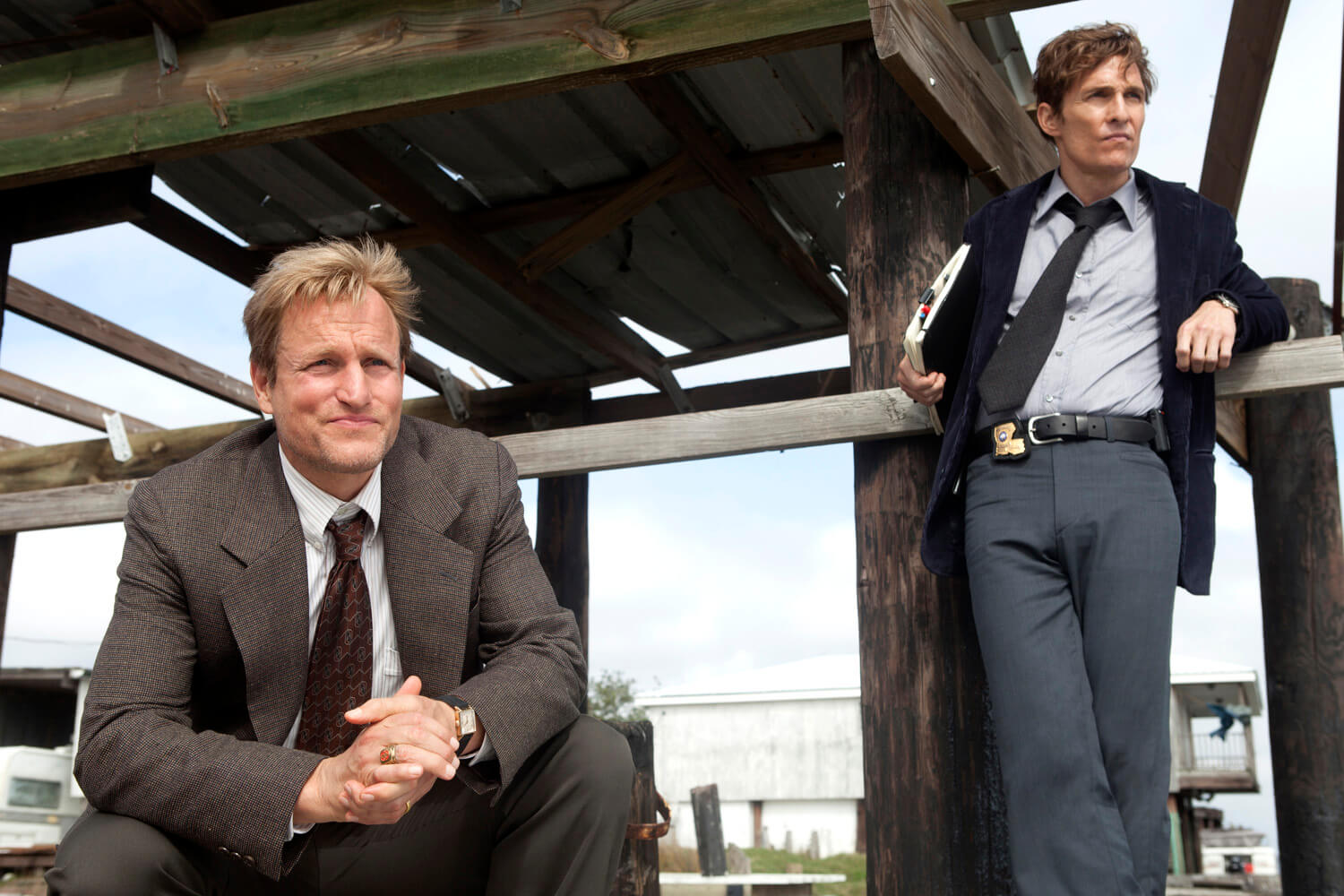
His complicated past clearly indicates that he is constantly in between. This suspension is the result of many difficult experiences the main character has undergone. Moreover, he continuously brushes against death. One must ask: is death evil? It turns out not, as death itself is amoral. It signifies the boundary of human life, and only the context of its occurrence allows us to assign specific value to it. In the series, it becomes a form of justice. It affects DeWall and Reggie Ledoux, and it is Martin Hart who administers it. He acts as an executioner, replacing the court, which is unthinkable in modern civilized society. Even the worst criminal must first face a trial, during which their guilt is publicly declared and they are sentenced to appropriate punishment. Martin took a shortcut, bypassed the bureaucracy, and killed both criminals. From society’s point of view, his actions were wrong, but for him, they were entirely justified by the atrocity of DeWall and Reggie’s deeds.

Death also takes other forms; it can be a way to free oneself from the illusion of consciousness. It allows one to look at their life from the outside and shed its burdens. Cohle mentions that murder victims, in their final moments, let go; they understood that with death their suffering ends and they surrendered to it. Death is freedom, an exit from a world ruled by human impulses. Here again, the duality of death perception appears. For the victim and their family, it is evil because it takes a person away from them, but Cohle sees it as liberation, thus something good.

Death, like evil, can also dynamize human actions. This happens with both Cohle and Hart. For the former, the loss of a child causes his marriage to fall apart, and he begins to destroy his life. When he becomes addicted to drugs and starts working as a police druggie, he reaches the edge of reality. He begins to return from it when he witnesses a child’s death. Hart also decides to leave the police and work as a private detective in similar circumstances. As we can see, death can change the course of a person’s life. However, again, there is a problem with its unequivocal assessment. Its value can only be determined after some time, and in this case, the right perspective is needed to categorize it properly. There is no denying that had it not been for the death of Cohle’s beloved daughter, he would never have met Hart nor played such a significant role in the investigation.
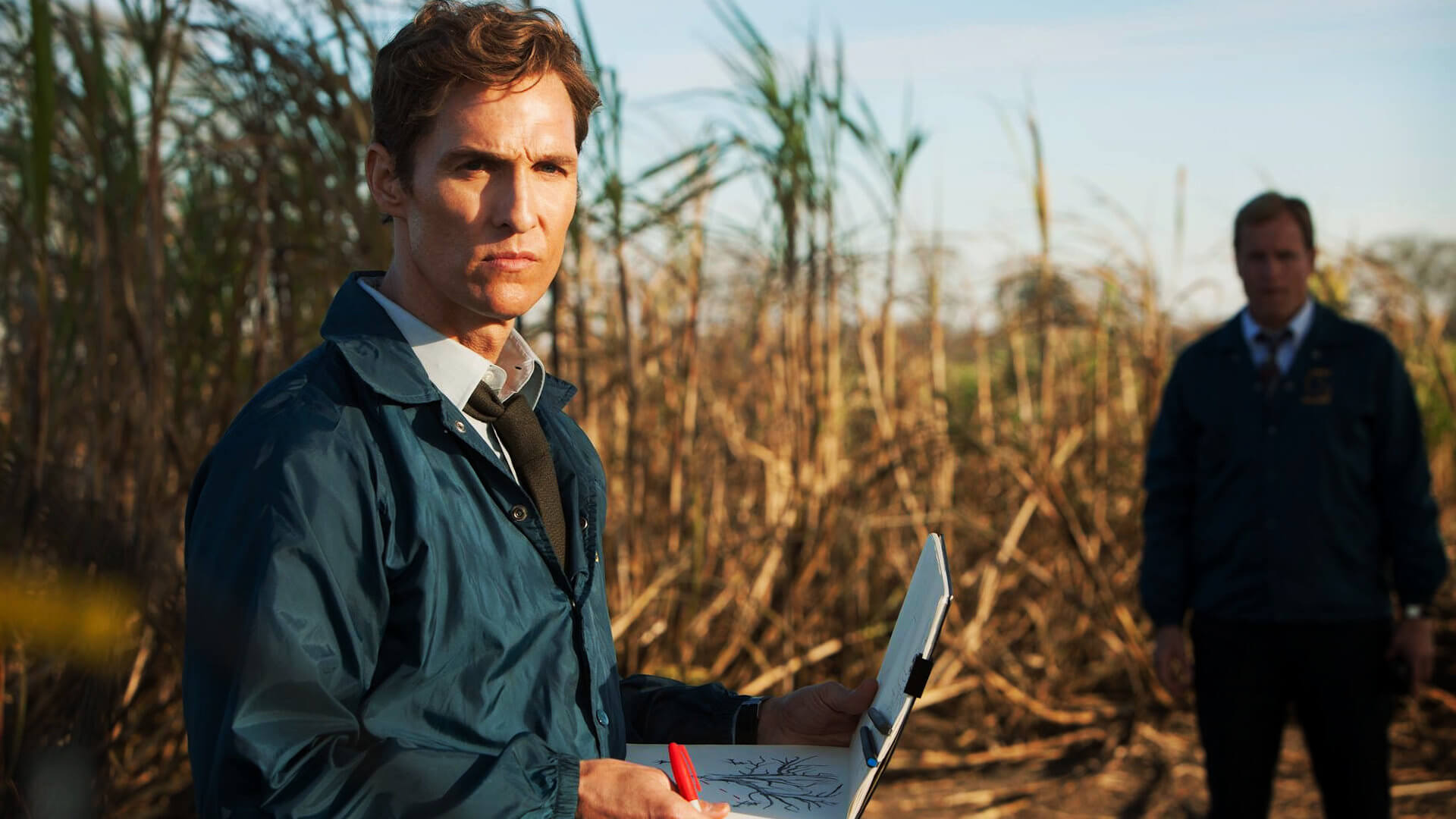
For Rust, it is also crucial that he remains on the border. He is perceived as a man confident in his decisions but can also be seen as a potential killer. Since he breaks various rules governing social order and does not take any hierarchy seriously, he is treated as a dangerous madman not worth listening to. Moreover, he has visions caused by brain damage sustained during his drug addiction. These images emphasize his separateness but not his uniqueness. He can function – more or less efficiently – only thanks to his highly developed self-analysis skills. He is extremely self-aware, as well as aware of the people around him. This allows him to be a very good detective because he can effectively scrutinize suspects. He sees more because he has the right distance to do so. A character on the edge of society becomes an outcast and begins to function differently. Besides having a distance to people, he can use unconventional methods. And Rust Cohle follows this model exactly. He goes beyond his authority, continues the investigation after leaving the police, manipulates people effectively, and builds various stories to cover events (e.g., after Martin Hart administered justice to criminals). But because he assumes the role of an outcast, he does not form many lasting social connections and is viewed negatively. He starts being seen as a madman who unnecessarily digs up old cases. No one believes him – that’s the price of being on the edge.
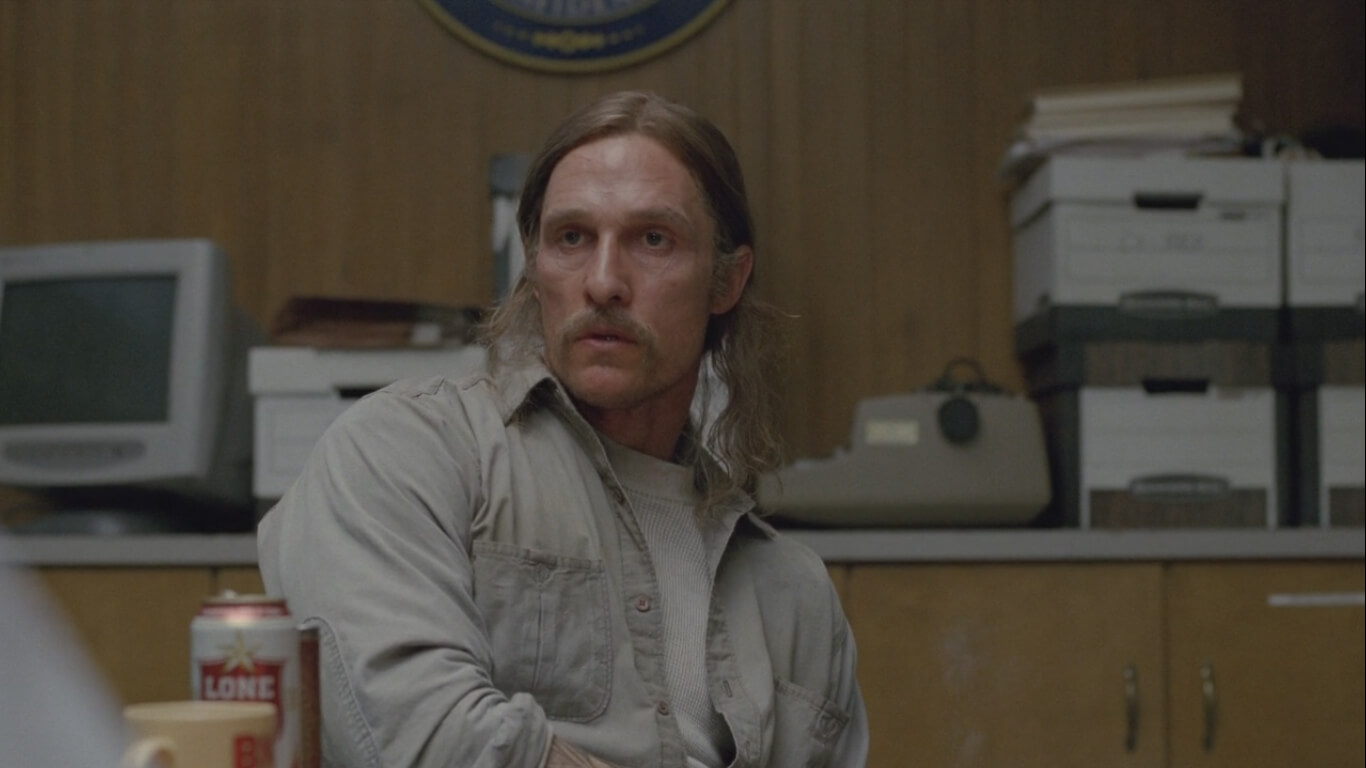
Rust Cohle acts against all odds. He does not focus his attention on which element predominates in a person. He becomes the realization of his own answer because he can be seen as a bad man protecting the world from even worse individuals. For him, reaching the truth and describing the motivations of a given individual is far more important. In True Detective, a very coherent world is presented, which takes concrete form as the plot develops. From a blurred memory, it becomes a reality where people struggle with their illusions and problems. Moreover, they evaluate everything, and it is from this valuation that evil begins to emerge.

